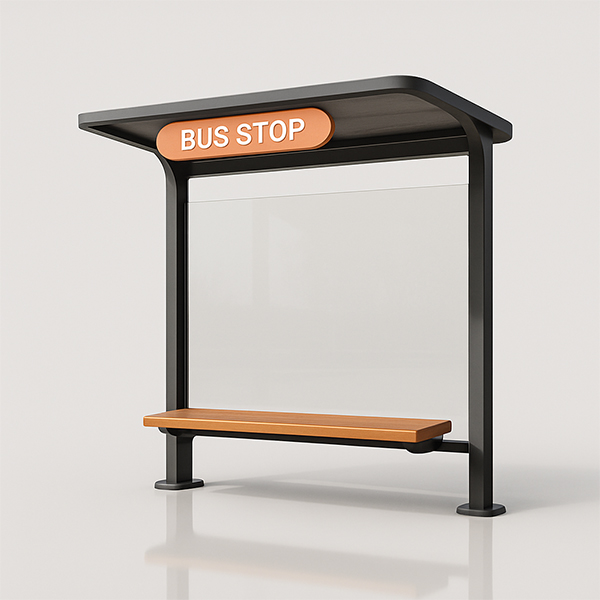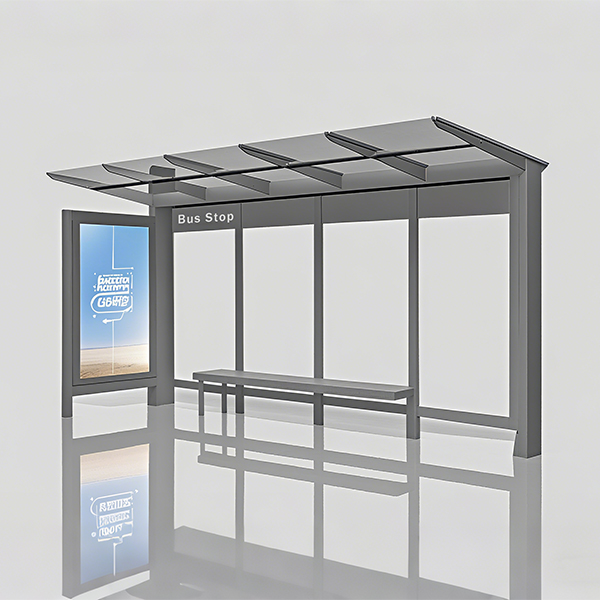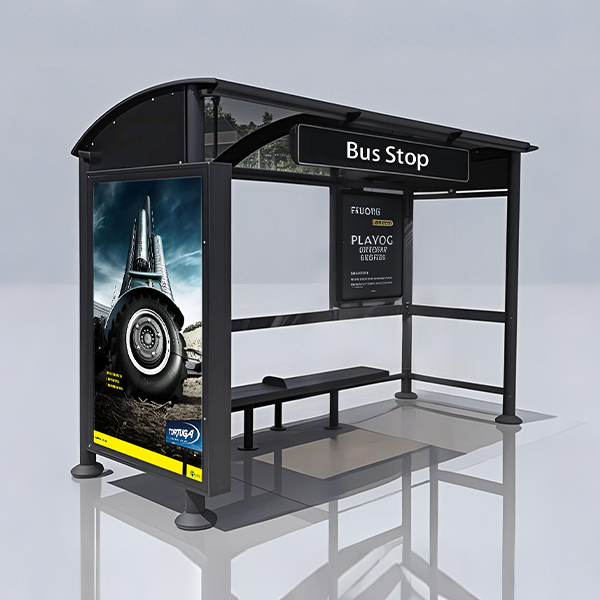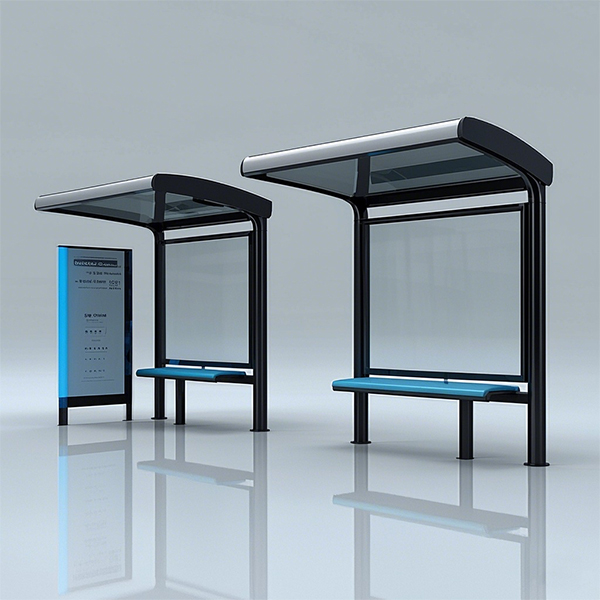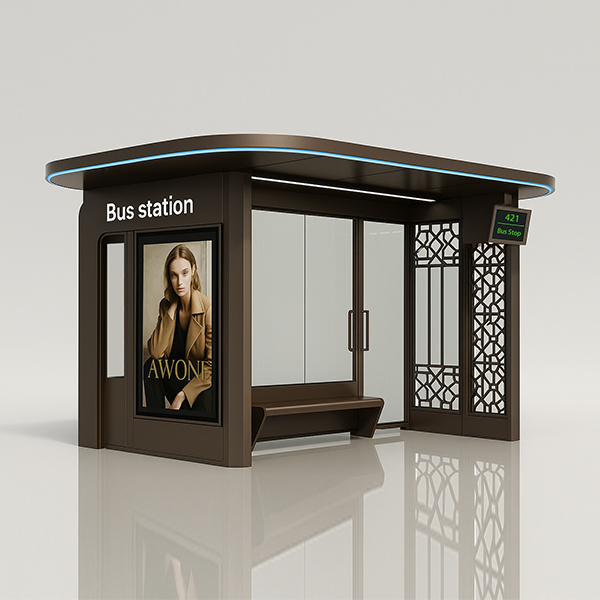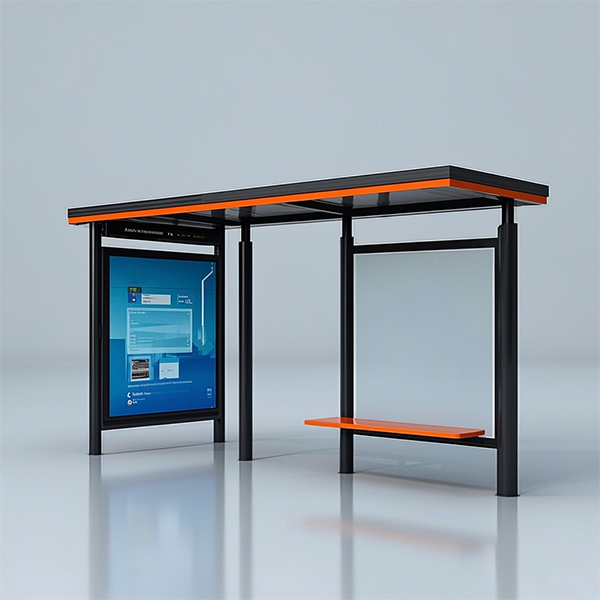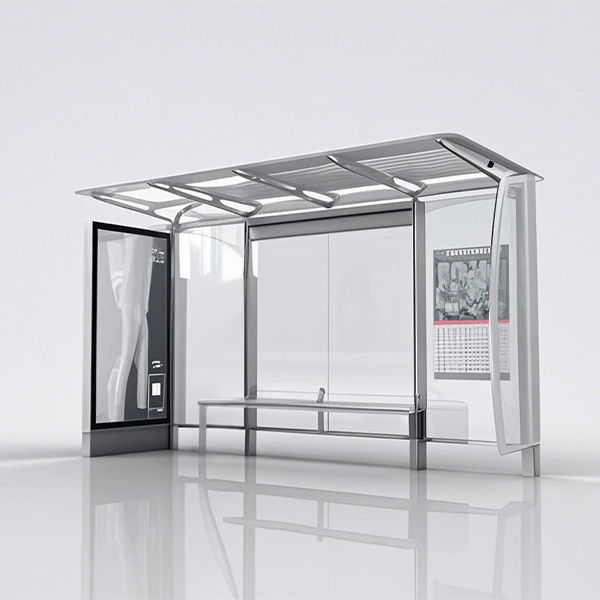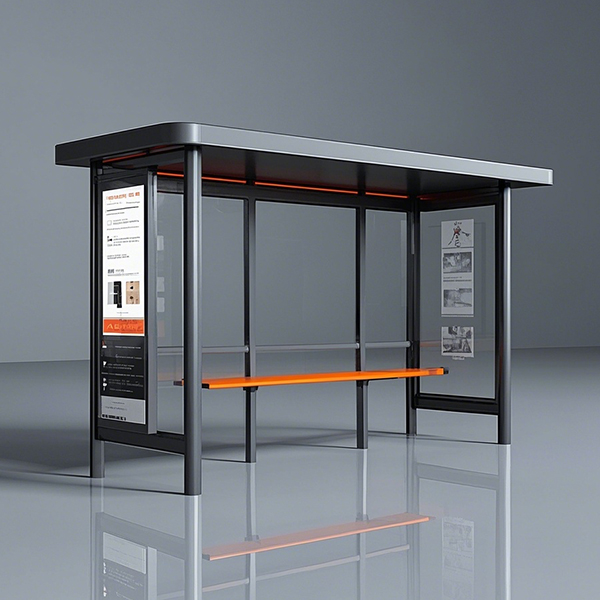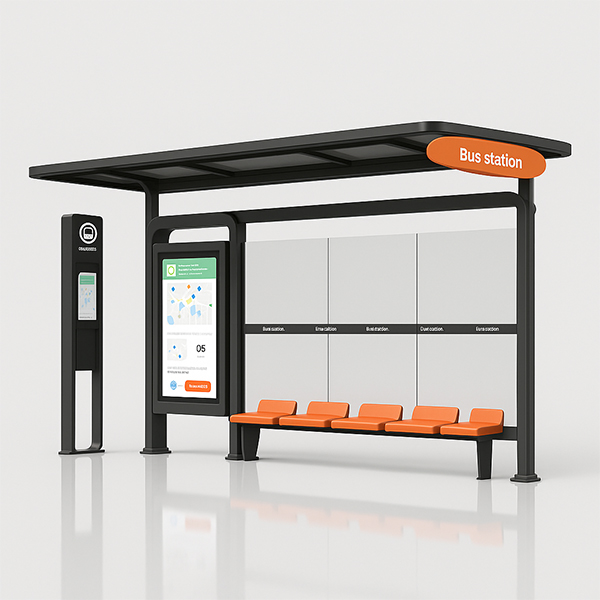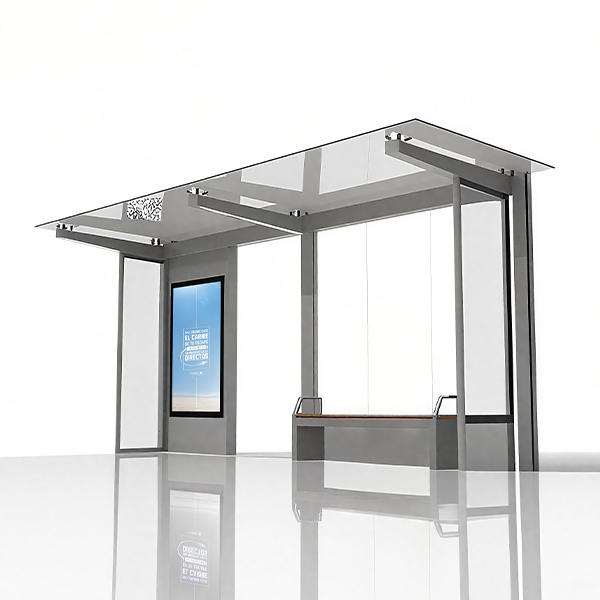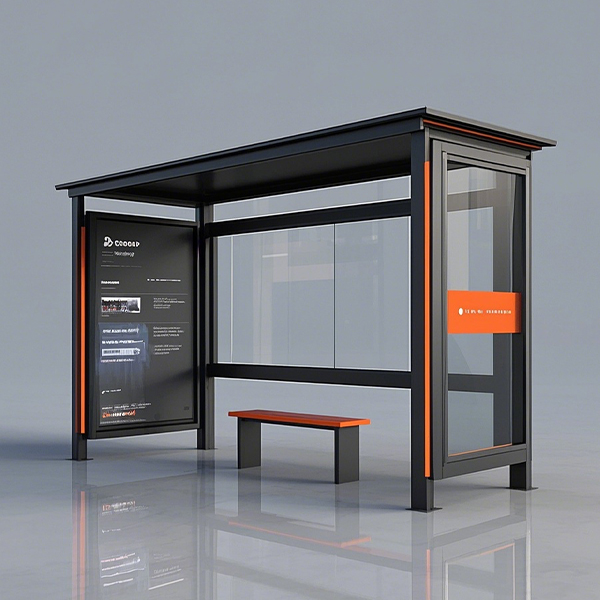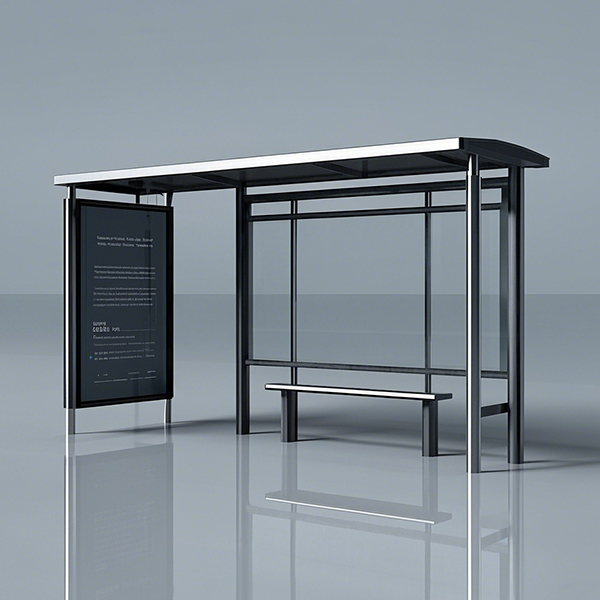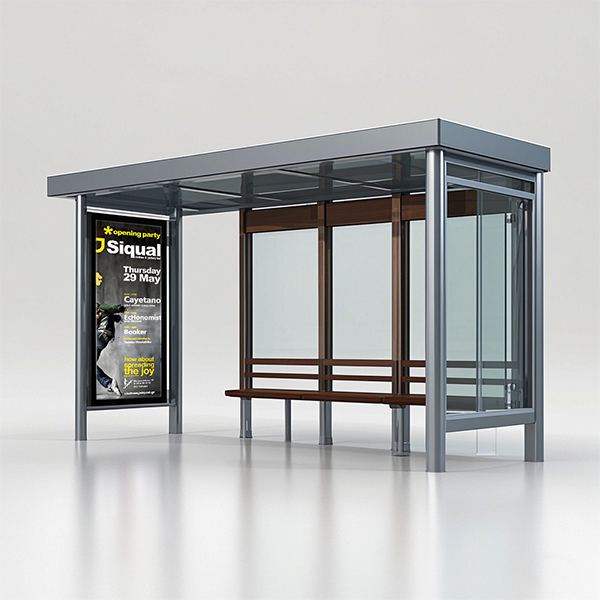
Wooden Bus Shelter
This comprehensive guide explores everything you need to know about wooden bus shelters, from design considerations and material choices to installation and maintenance. We'll delve into the benefits, drawbacks, and cost-effectiveness of choosing wood for your bus shelter project, providing you with the information necessary to make an informed decision.
Why Choose a Wooden Bus Shelter?
Aesthetic Appeal and Environmental Benefits
Wooden bus shelters offer a unique aesthetic appeal, blending seamlessly with natural surroundings. The warmth and character of wood create a welcoming and inviting atmosphere for passengers. Furthermore, sustainably sourced wood is an environmentally friendly option, reducing the carbon footprint compared to other materials like steel or concrete. Many designs prioritize using reclaimed or FSC-certified timber to further minimize environmental impact.
Durability and Longevity
While some might perceive wood as less durable, properly treated and maintained wooden bus shelters can boast impressive longevity. Pressure-treated wood, for instance, resists rot, decay, and insect infestation, extending its lifespan significantly. Regular maintenance, including repainting and treating, further enhances its durability.
Design Flexibility and Customization
Wood offers unparalleled design flexibility. From rustic designs to modern aesthetics, wooden bus shelters can be customized to complement any architectural style. The ability to incorporate intricate carvings, unique shapes, and various finishes allows for truly bespoke creations. Consider the integration of features like seating, lighting, and advertising panels to enhance the passenger experience.
Choosing the Right Wood for Your Bus Shelter
Types of Wood and Their Properties
Several wood types are suitable for wooden bus shelters, each possessing unique properties. For example, cedar is naturally resistant to rot and insects, while redwood offers excellent durability and weather resistance. The choice ultimately depends on your budget, aesthetic preferences, and the specific climate conditions. Always ensure the wood is appropriately treated for outdoor use.
Sustainability and Sourcing
Prioritize sustainably sourced wood from responsible forestry practices. Look for certifications like the Forest Stewardship Council (FSC) to ensure the wood comes from well-managed forests. Using reclaimed wood is another excellent way to minimize your environmental impact and reduce costs.
Design and Construction Considerations
Shelter Size and Layout
The size and layout of your wooden bus shelter should accommodate the expected passenger volume and local regulations. Consider factors like seating capacity, accessibility for individuals with disabilities, and adequate space for waiting passengers. Careful planning ensures a safe and comfortable waiting experience.
Roofing and Weather Protection
Proper roofing is crucial for weather protection. Options include asphalt shingles, metal roofing, or even green roofs, depending on your budget and design aesthetic. Ensure the roof provides adequate protection from rain, snow, and sun. Consider incorporating gutters and downspouts to manage water runoff efficiently.
Maintenance and Upkeep
Regular maintenance is essential to prolong the lifespan of your wooden bus shelter. This includes regular cleaning, repainting or restaining, and treating the wood with preservatives to prevent rot and insect infestation. A well-maintained wooden bus shelter will remain attractive and functional for many years.
Cost Considerations
The cost of a wooden bus shelter varies considerably depending on size, design complexity, materials used, and labor costs. Obtaining multiple quotes from reputable contractors will help determine a realistic budget. Remember that investing in high-quality materials and professional installation can result in long-term cost savings.
Finding a Supplier
For high-quality wooden bus shelters and other public facilities, consider contacting Shandong Luyi Public Facilities Co., Ltd. They offer a wide range of products and services for your public infrastructure needs.
| Material | Estimated Cost per Shelter (USD) | Lifespan (Years) |
|---|---|---|
| Pressure-treated Pine | $3,000 - $5,000 | 15-20 |
| Cedar | $4,000 - $7,000 | 20-30 |
| Redwood | $5,000 - $8,000 | 25-40 |
Note: Cost estimates are approximate and may vary depending on location, customization, and market conditions.
Соответствующая продукция
Соответствующая продукция







